Coding for pipeline of Non-Ref transposon detect - Non-Reference Transposon Detection
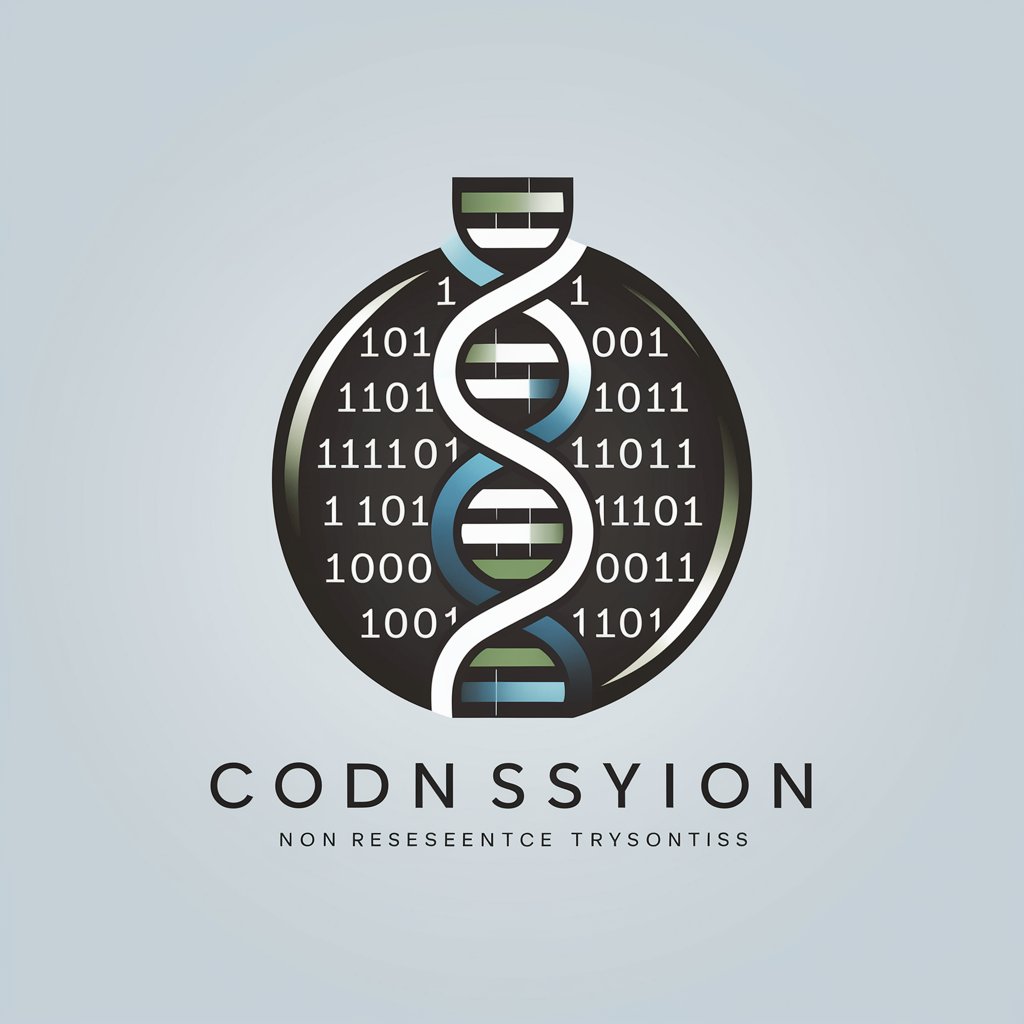
Hello, let's explore transposon detection together.
Decipher genomic secrets with AI-driven transposon detection.
Describe the impact of transposon insertions on human genome variation.
Explain the methodology used in TIP-seq for detecting LINE-1 insertions.
How do mobile genetic elements influence cancer development?
What are the computational challenges in identifying non-reference transposons?
Get Embed Code
Introduction to Coding for pipeline of Non-Ref transposon detect
Coding for pipeline of Non-Ref transposon detect is a specialized software tool designed for the detection and analysis of non-reference transposable elements (TEs), specifically transposons, in genomic data. It focuses on identifying transposons that are not part of the reference genome, which can be critical for studies in genetic diversity, evolution, and the mechanisms of genetic diseases. A typical use case scenario involves sequencing data where the pipeline identifies novel or somatic transposon insertions that may influence gene function or structure, such as disrupting gene sequences or altering gene expression. Powered by ChatGPT-4o。

Main Functions of Coding for pipeline of Non-Ref transposon detect
Detection of non-reference transposons
Example
Identifying new transposon insertions in cancer genomes to study their role in cancer progression.
Scenario
Used in cancer genomics to identify and catalog transposon insertions that are specific to tumor tissues compared to normal tissues, helping in understanding tumorigenesis.
Analysis of transposon insertion sites
Example
Mapping the exact insertion sites of LINE-1 elements in a human genome.
Scenario
Employed in genetic research to detail the insertion mechanics of LINE-1 elements, providing insights into their impact on genome structure and function.
Quantification of transposon activity
Example
Measuring the activity levels of transposable elements across different developmental stages or conditions.
Scenario
Used in developmental biology to investigate the role of transposable elements in development and differentiation by comparing their activity in stem cells versus differentiated cells.
Ideal Users of Coding for pipeline of Non-Ref transposon detect
Genetic researchers
Researchers studying genetic variation, evolution, or the role of transposable elements in disease will benefit from the tool’s ability to detect and analyze novel transposon insertions.
Clinical researchers
Clinical researchers focused on the genetic basis of diseases such as cancer or neurodegenerative diseases might use this pipeline to understand how transposon insertions contribute to disease pathogenesis.
Bioinformatics students
Students learning about genomic data analysis can use this tool to gain hands-on experience with transposon detection and understand their biological implications.

Steps for Using Coding for Pipeline of Non-Ref Transposon Detect
1
Visit yeschat.ai for a free trial without login, also no need for ChatGPT Plus.
2
Download and install necessary computational tools like Python and specific libraries essential for processing genomic data such as Biopython and Pandas.
3
Obtain genomic data sequences where transposon insertion sites need to be identified, ensuring data quality by preprocessing with tools like Trimmomatic.
4
Use the TIPseqHunter or similar algorithms to analyze the sequencing data, identifying potential non-reference transposon insertion sites.
5
Interpret the results using visualization tools and additional scripts for validation and comparison of identified insertions against known databases like RepBase or TransposonDB.
Try other advanced and practical GPTs
Employee Policy Portal
Empower Your Workforce with AI-Powered Insights
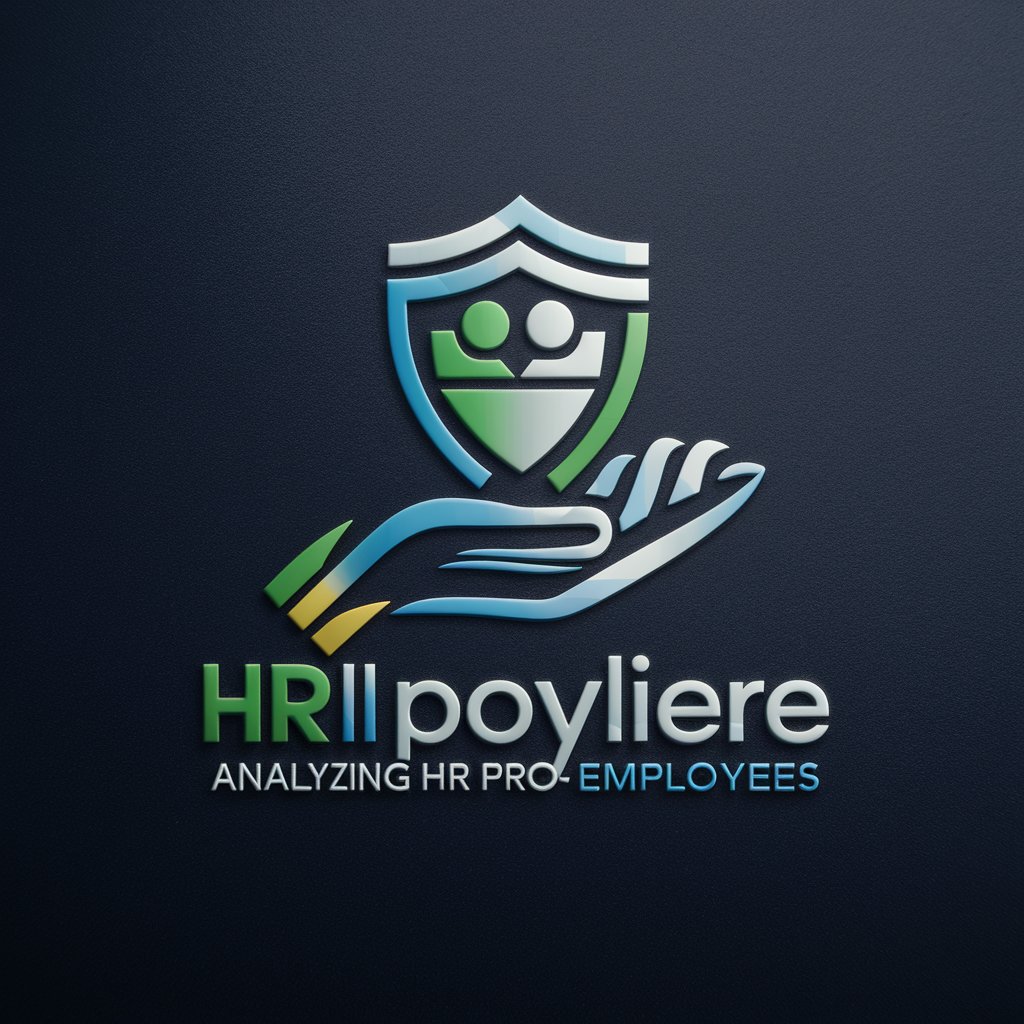
楽天ガイド
Empower your Rakuten sales with AI

Being Awake
Empower your mind, AI-driven mindfulness

Well-Being Buddy
Empower your well-being with AI
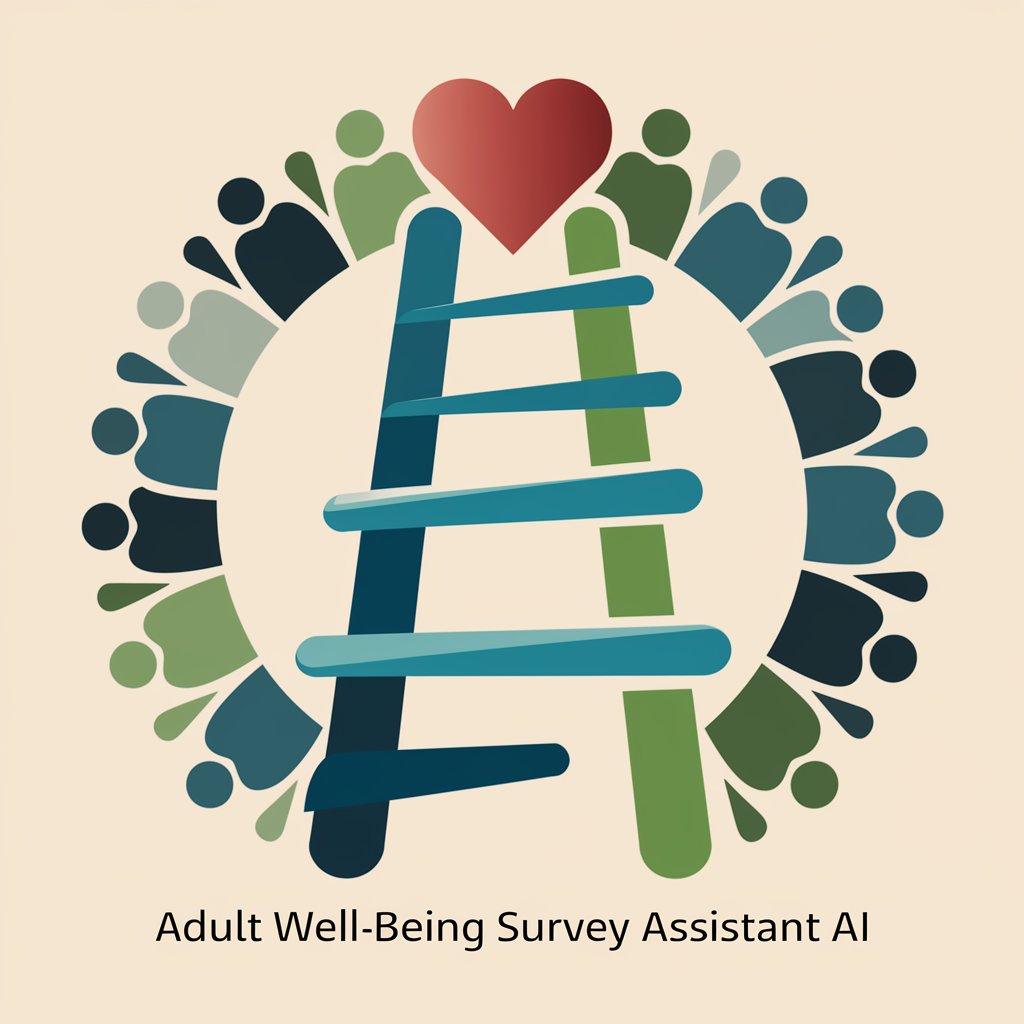
Mindfullness and Well-being
Empowering mindfulness with AI

Well-Being Guide
Empowering your journey to wellness

DetectJob
Unveil the Truth with AI

News Article Bias Detector
Uncover bias with AI-powered analysis

Internal medicine mentor
Elevate Medical Knowledge with AI

Nurse Aid
Empowering Nurses with AI
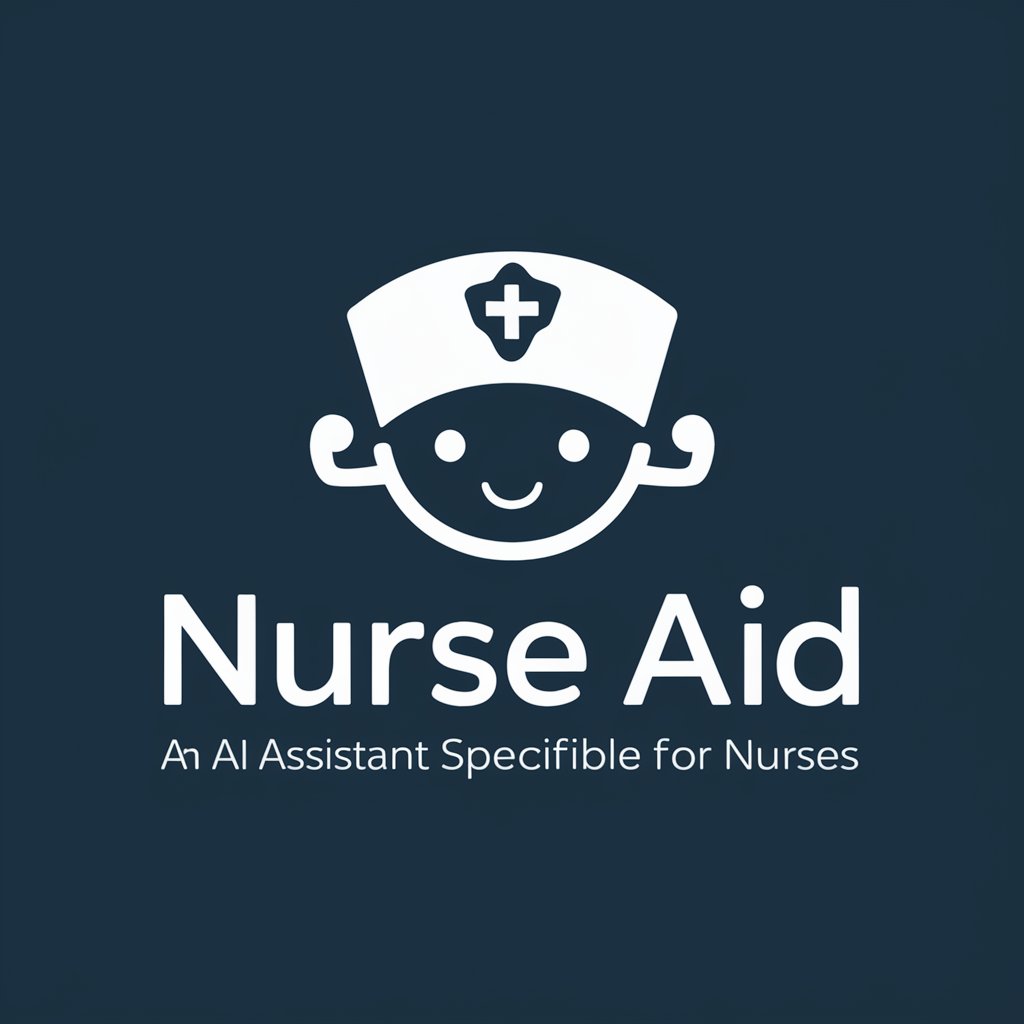
Translation four languages
Powering Communication Across Borders

Comprehensive editor
Empowering Your Words with AI
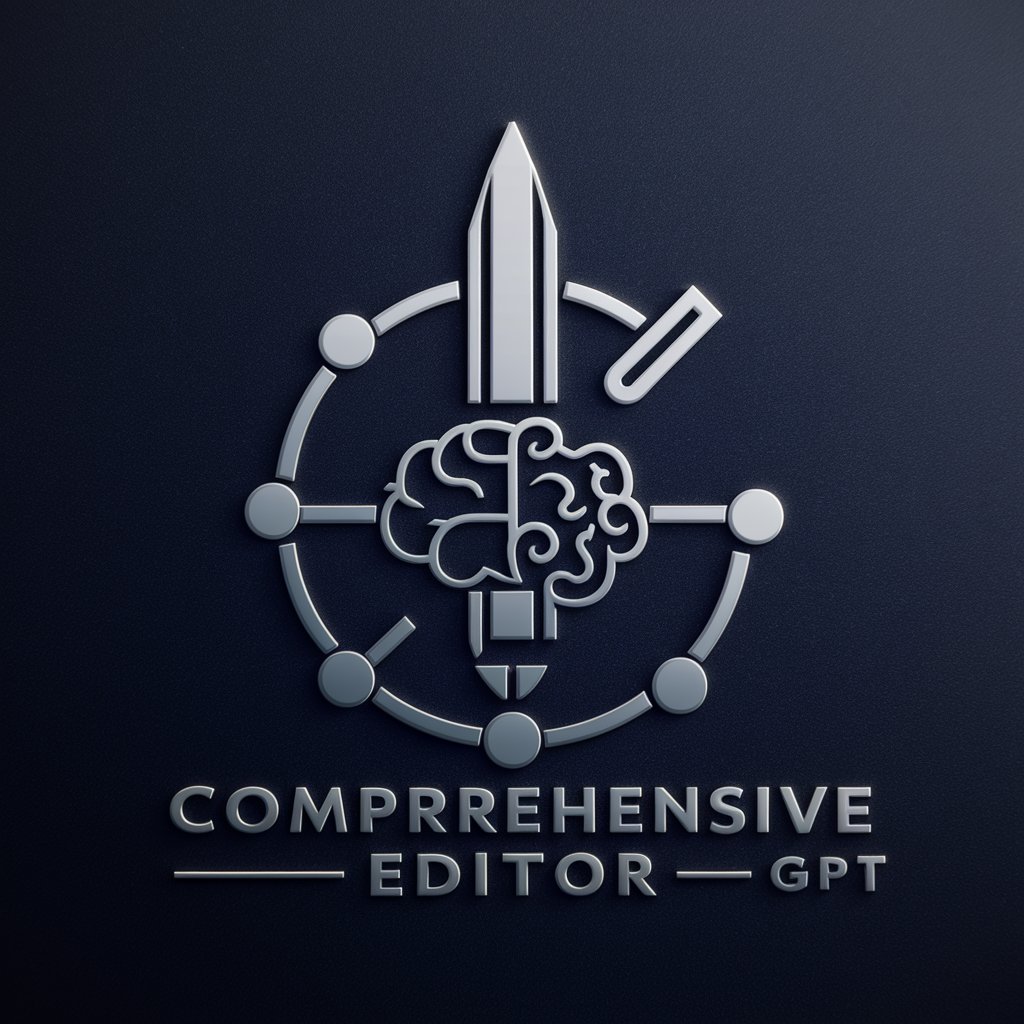
Q&A on Coding for Pipeline of Non-Ref Transposon Detect
What type of data does the pipeline process?
The pipeline processes next-generation sequencing (NGS) data, specifically designed to identify non-reference transposon insertions in genomic sequences.
How does the pipeline handle different data qualities?
It incorporates preprocessing steps such as data cleaning and quality checks using tools like Trimmomatic to ensure high-quality data for analysis.
What computational requirements are necessary for the pipeline?
The pipeline requires a high-performance computing environment with sufficient RAM and CPU resources to handle large genomic datasets and intensive computational tasks.
Can the pipeline be used for any species?
Yes, it's versatile and can be adapted for various species as long as genomic data is available, although specific parameters may need adjustment based on species-specific genomic features.
What are the common challenges when using this pipeline?
Challenges include managing large data volumes, ensuring data quality, and correctly interpreting the results, which may require substantial computational biology expertise.
